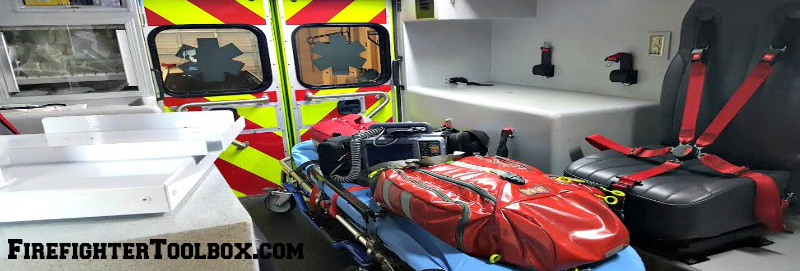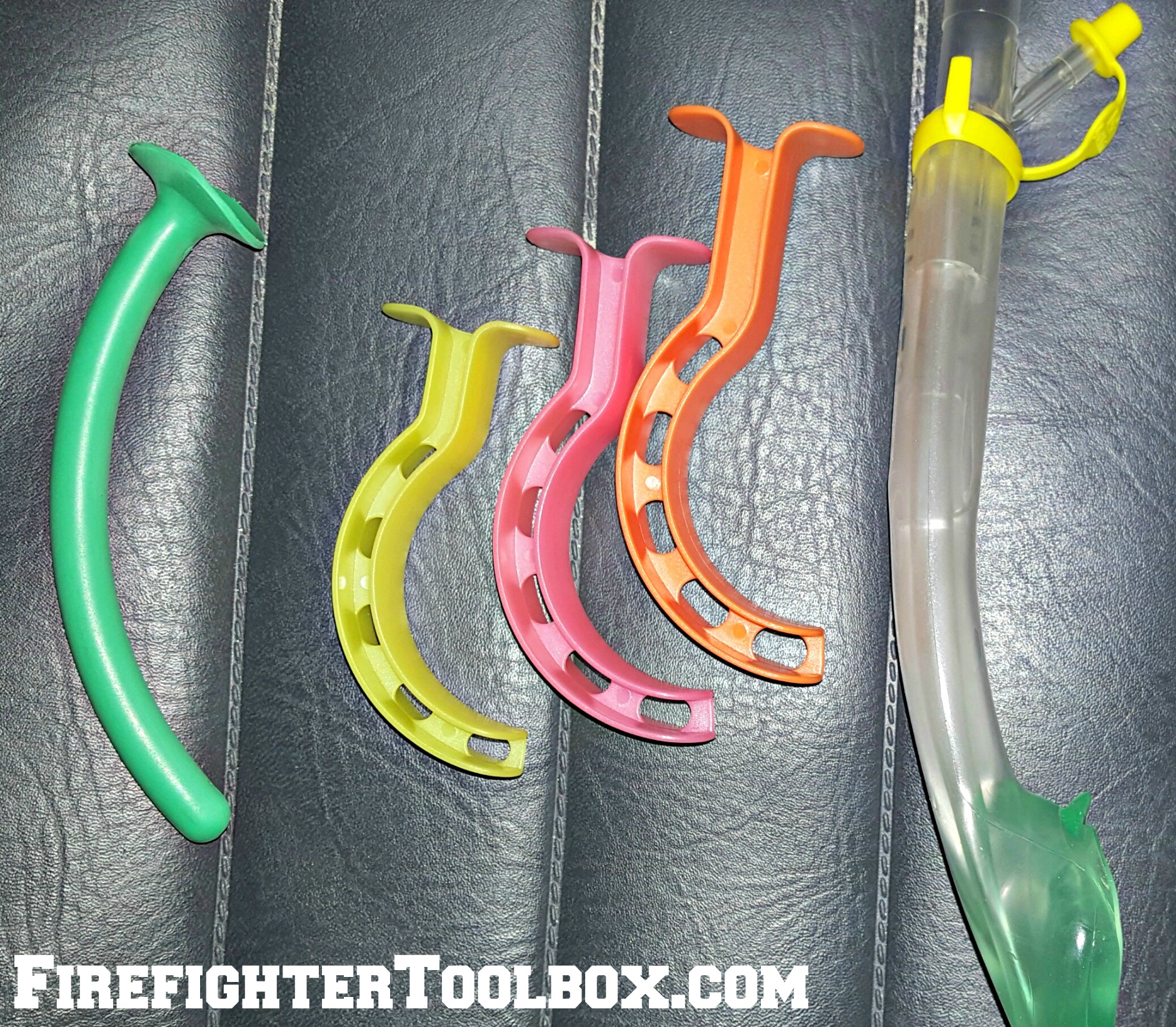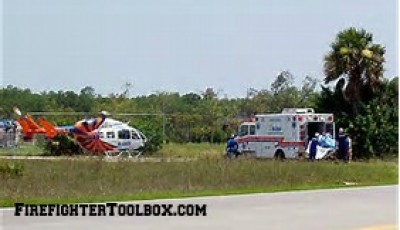The 5 Steps of Primary Assessment — Part One

In a previous article “The 5 Steps to Medical Dispatch Size Up” I discussed some of the items that we should be thinking about upon dispatch of the call and prior arrival to the scene.
In this article, let’s assume we’ve arrived on the scene safely and have the resources needed to provide quality patient care. Here are the first three of five steps of primary assessment.
1- General Impression and Level of Consciousness
When we walk in the room, we should ask: What do we see and does the patient follow us with their eyes? What do we see could include living conditions, the patient’s general physical appearance, and the patient’s presentation to us?
Is the patient in apparent distress sitting in tripod position and working to breath or are they walking around the house smoking a cigarette?
The other part of the question is “Does the patient follow us with their eyes?” If they do, we now know that they are alert and we can assess a level of consciousness on them to find if they are awake, alert, and oriented. If the patient does not follow us with their eyes we would utilize (Alert, Verbal, Painful, or Unconscious) the AVPU scale to assess level of consciousness.
2 – Airway Assessment
 Is the patient talking to us? If they are then we know the airway is open and patient. If they are not alert and talking, we should further assess the airway.
Is the patient talking to us? If they are then we know the airway is open and patient. If they are not alert and talking, we should further assess the airway.
Are there any noises coming from the airway? Snoring respirations is caused by the tongue blocking the airway and is an easy fix, head tilt chin lift or jaw thrust maneuver. Is there gurgling coming from the airway and do we need to suction to clear the sputum or vomitus? If the airway is not open we need to open it first manually then by using an adjunct.
If the patient is ‘U’ on the AVPU scale, consider an oropharyngeal airway (OPA). If the patient is responsive to painful stimuli, consider a nasopharyngeal airway (NPA).
We need to remember that these items open the airway and do not protect the airway so there is still an opportunity for aspiration. If the patient can accept an OPA consider a supraglottic airway to protect it from aspiration.
3 – Breathing Assessment
The first thing we want to know is if the patient is breathing at all. Look for signs of breathing like chest rise and fall. If the patient is not breathing we need to breath for them utilizing artificial ventilation. If the patient is breathing we should find their Rate Rhythm and Quality of the respirations.
Another assessment of breathing is chest rise.
Check for equal and bilateral chest rise to see if adequate ventilation is occurring. Sometimes we might be looking at more than one patient: one patient may be breathing 20 times a minute, regular rhythm, and normal quality. Another patient may be breathing 20 times a minute, regular rhythm, with labored and shallow quality. If all you check for is the rate, then both of these patients are the same.
We may consider a non rebreather on the second patient and a nasal cannula or no oxygen administration on the first. We should consider a bag valve mask for ventilation if the patient has inadequate respirations or ventilation. This is also the time to assess lung sounds on patients who are complaining of shortness of breath.
At this point we should also consider utilizing our medical tools. Examples of these tools are the pulse oximeter and end tidal to get a base line to later assess if the patient is improving with our treatment. This information will help us in finding a differential diagnosis to find our field impression (these will be discussed in another article).








